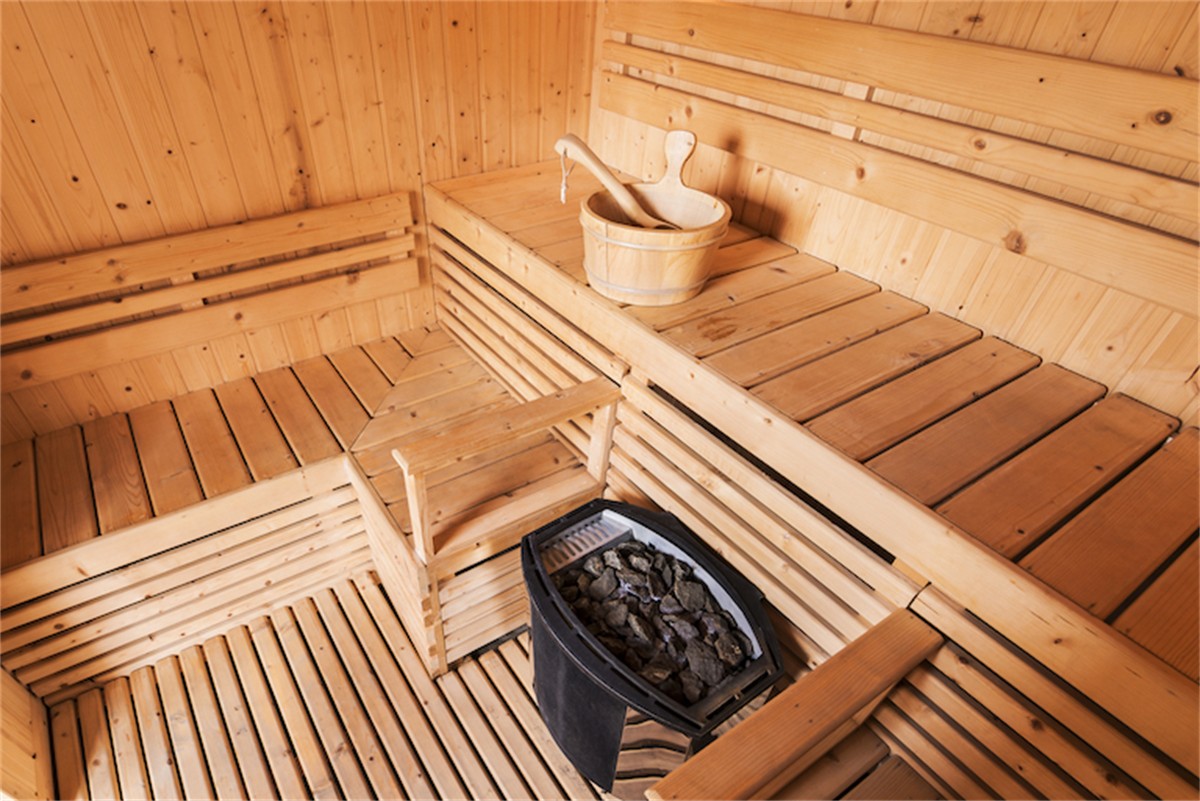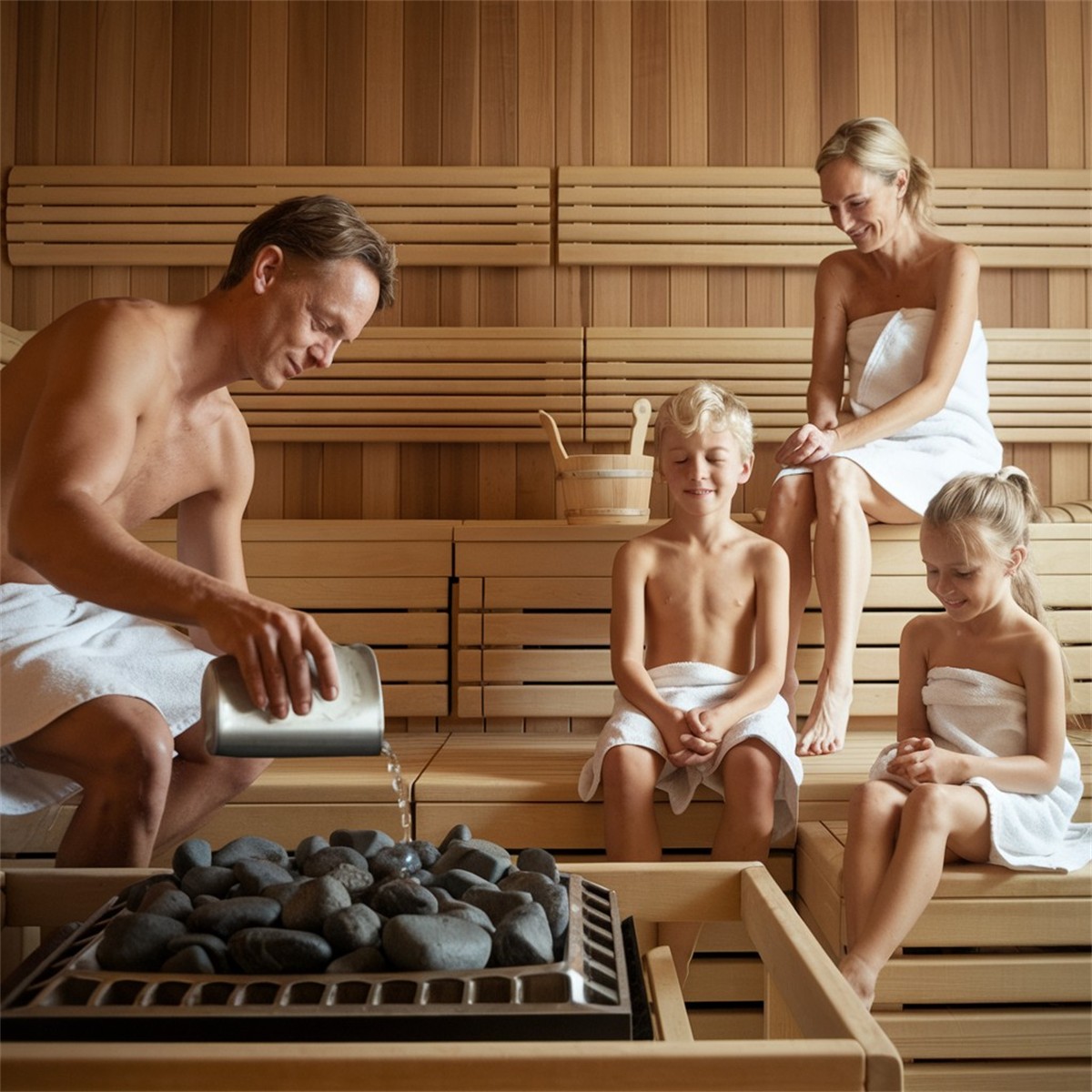NEWS

Heating System
1.A traditional sauna is typically heated by a sauna stove or heater. The most common type is a wood - burning stove, but electric heaters are also widely used. The stove is usually made of metal and is designed to withstand high temperatures.
2.In a wood - burning sauna, firewood (such as birch or other hardwoods) is used to heat the stove. As the wood burns, it transfers heat to the metal of the stove. In an electric - heated sauna, electric heating elements inside the heater convert electrical energy into heat.
3.The heat from the stove or heater is then transferred to a pile of sauna stones. These stones are usually made of igneous rocks like basalt or granite because they can withstand high temperatures and store heat well. The stones act as a heat reservoir.

Steam Generation
1.One of the key features of a traditional sauna is the generation of steam. To create steam, water is ladled onto the hot sauna stones. When the water comes into contact with the extremely hot stones, it instantly turns into steam.
2.The steam rises and fills the sauna room, increasing the humidity. The temperature in a traditional sauna usually ranges from 70 - 100 °C (158 - 212 °F), and the humidity can vary from 10 - 30% before water is added to the stones. After adding water, the humidity can increase significantly, depending on the amount of water used.

Heat Circulation and Absorption
1.As the hot air and steam fill the sauna room, heat is transferred to the surrounding surfaces such as the wooden walls and benches. The wood used in sauna construction, such as cedar or spruce, is a good insulator and also helps to maintain a comfortable temperature inside.
2.When a person enters the sauna, the body absorbs heat from the hot air, steam, and the surfaces. This causes the body's temperature to rise, which in turn triggers the body's natural sweating response. The sweating helps to cool the body down and also provides a way to cleanse the skin and eliminate toxins through the pores.
3.The heat circulation in the sauna room is also affected by the design of the sauna. For example, proper ventilation is important to allow fresh air to enter and stale air to exit, ensuring a comfortable and healthy sauna experience.
Please leave your contact information
What are you lookking for?
